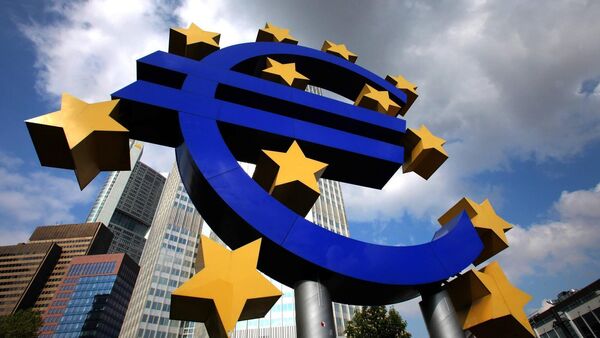The European Central Bank (ECB) must lower borrowing costs twice before its August summer break and two more times before the end of the year, without being swayed by the US Federal Reserve, according to Governing Council member Yannis Stournaras.
“We need to start cutting rates soon so that our monetary policy does not become too restrictive,” Mr Stournaras, who also heads Greece’s central bank, said. “It is appropriate to do two rate cuts before the summer break, and four moves throughout the year seem reasonable. Insofar, I concur with the markets’ expectations.”
The ECB left policy unchanged last week for a fourth consecutive meeting with officials converging around June as the appropriate juncture to start easing. They have become more confident that inflation is heading toward the 2% goal, but seek further reassurance before deciding on interest rate cuts.
The Frankfurt-based central bank has monetary policy decisions scheduled for April 11, June 6 and July 18. After that, it doesn’t meet again until September 12. Mr Stournaras is a well-known dove in the Governing Council, though he recently aligned with more hawkish members on the need to wait until June.
“We will have only little new information before the April meeting, especially on wages at the start of 2024 — but we will get a lot more data before the June meeting,” Mr Stournaras said, echoing comments by ECB president Christine Lagarde last week. “I think to cut rates already in April we will need to see the economy crashing and I don’t expect that.”
In the wake of the comments, money markets maintained wagers on the scope for reductions in borrowing costs this year, with the first quarter-point step seen by June, followed by two more with a 70% chance of a fourth.
Dutch central bank chief Klaas Knot is also leaning toward that timing for an initial move, though said subsequent action will hinge on data.
Other Governing Council members have been less explicit. Madis Muller of Estonia on Thursday only said that more information is required before rate cuts can start.
Asked about the path after that, chief economist Philip Lane declined to provide specifics, telling CNBC that his role means he shouldn’t look beyond “the next meeting or two.”
Mr Stournaras said that “economic growth in the euro area is much weaker than expected and risks are to the downside, while inflation has come down significantly and the risks are balanced”. He also downplayed still strong nominal pay increases by stressing that real wages will reach the pre-pandemic level only in 2025.
“So wages are still catching up, not leading inflation. We should not exaggerate the risk of a wage-price-spiral,” he said. Even more so as “nominal wage growth is moderating and profits are absorbing part of the pay increases.
Mr Stournaras fiercely rejected the discussion that it might be problematic or risky if the ECB eases monetary policy before its US counterpart.
“I don’t buy at all the argument that we can’t cut interest rates before the Fed does so — and almost all of my colleagues agree with that,” he said.
Austria’s Robert Holzmann has repeatedly said that he doesn’t think the ECB should move first.
Source: Mark Schroers, Irish Examiner, 14th March 2024.
How we help
We can help take the effort out of this for you by demonstrating how this would work for you and your family and providing you with one cohesive Holistic Lifestyle Financial Plan.
You can arrange a meeting by clicking here to access my diary, email info@smartfinance.ie or call 087 8144 104.







